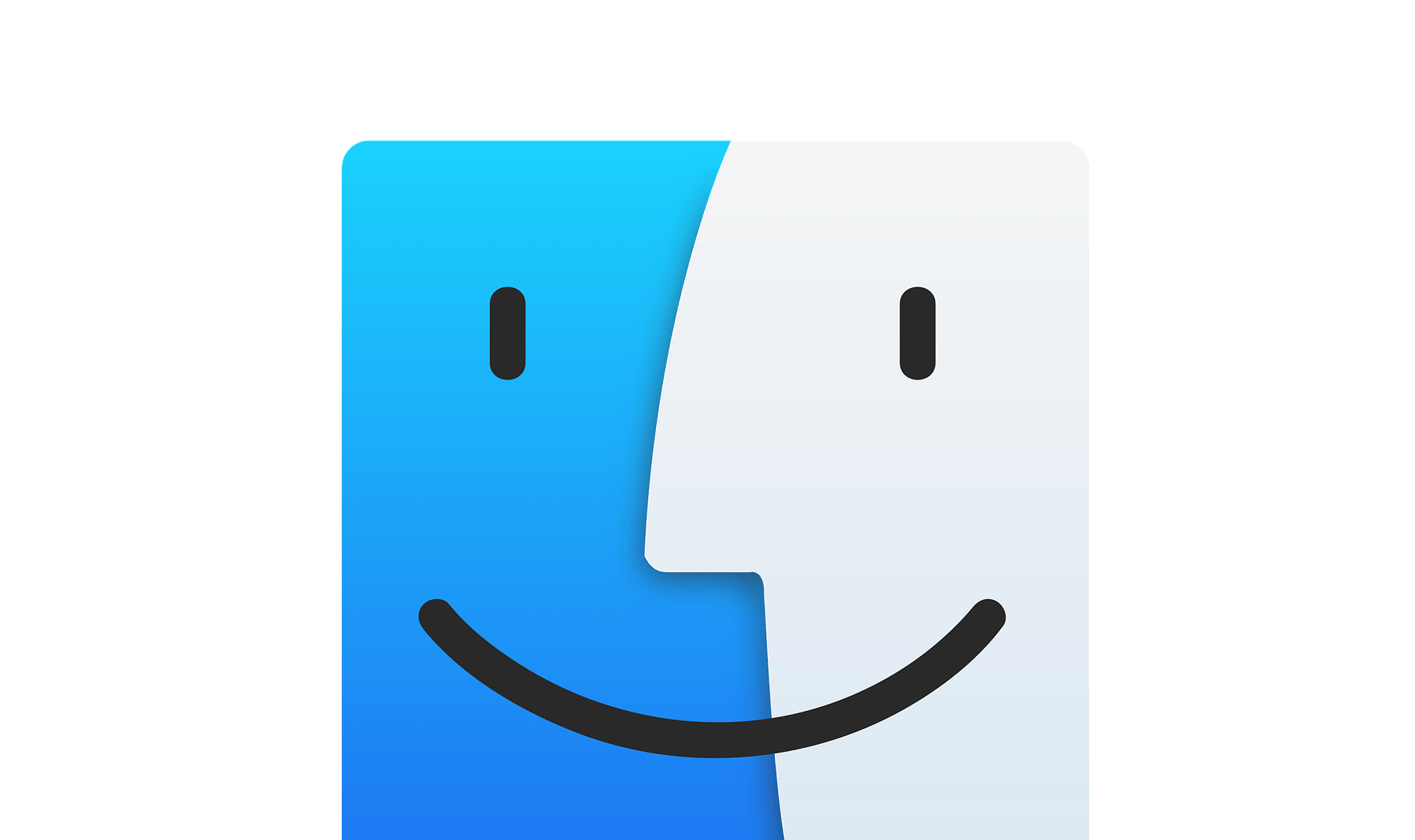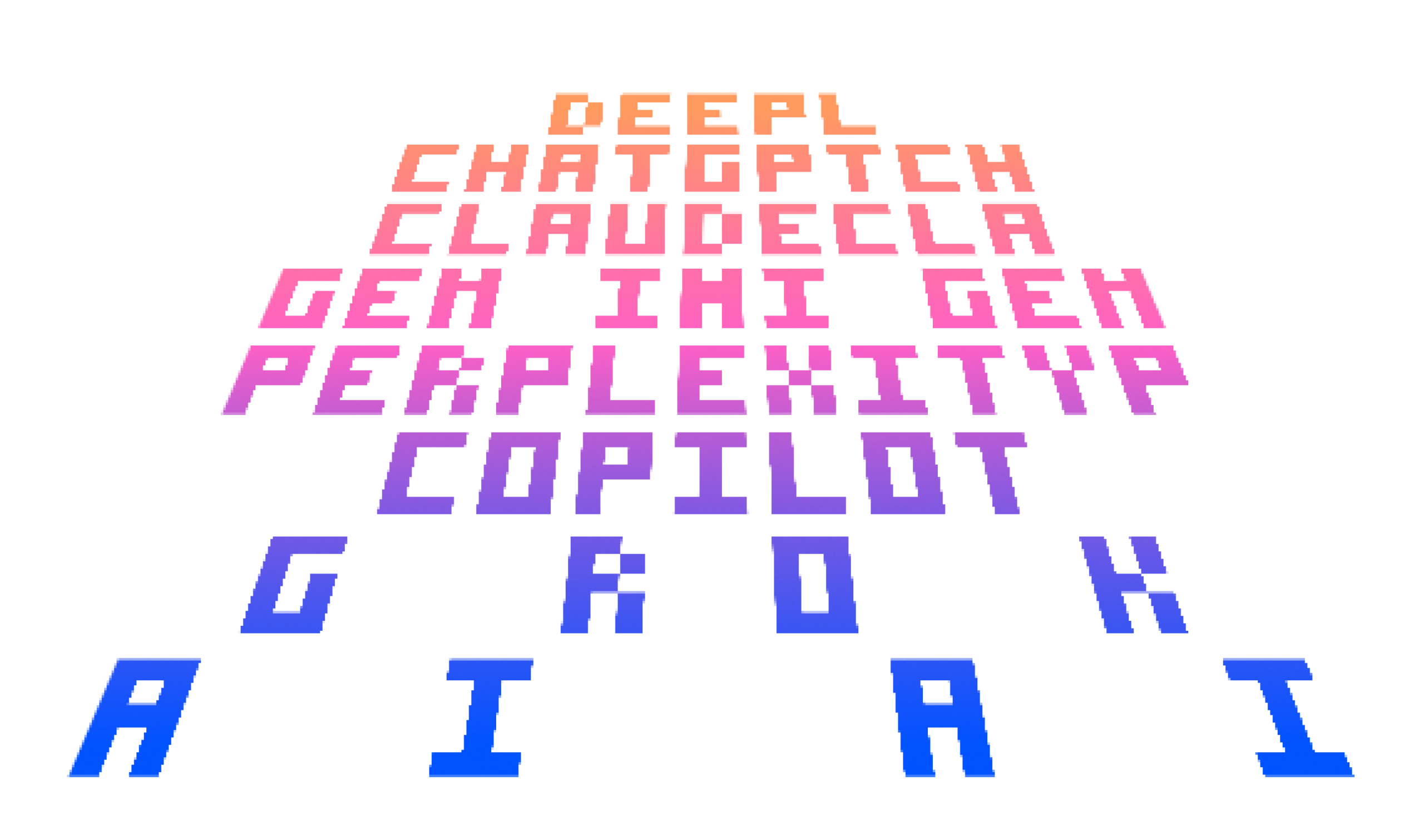As an information designer the interfaces we currently work on—no matter whether Apple or Windows—bother me. Yes, OS X looks a lot better than its predecessors, and Windows’ upcoming rip off of OS X looks better than the previous rip off. But however pretty, glossy and likable those Interfaces may look, no matter how many twist and turn effects they build in—the problem they have is not one of special effects.
If a good interface were a matter of special effects, George Lucas’ Industrial Light and Magic might do a very good job.
The Problem is the Metaphor
The problem is the metaphor they are built on. The basic metaphor they are built on is static: The typewriter. We still have folders and tabs, and the frame of our windows still defines the way we deal with data.
Aqua: Write on Water?
Operating system nomenclature ads to the confusion by using confusing names like Windows and Aqua. Why, if not for design reasons, should the basic metaphor of a GUI be water? What can you read on water? Well, data flows, you might say. And Aqua refers to the way my data changes its shape when I work on it. Nonsense. Aqua is just a cool name for a cool graphic design approach.
Vista: Write on Glass?
Now Microsoft will introduce glass as the basic material for their windows. Sounds actually pretty consistent (windows – vista = viev – glass), as long as you forget what a window really is. Can you write on glass? Is it easy to read on glass?
Windows are actually Frames
Frame is a better, far more precise word for what has been introduced to us as a window on a screen. It’s frames, not windows we are dealing with until now.
Of course it’s too late for that kind of reasoning. And it is as hypothetical to say that the more appropriate name for the Windows OS is actually Frames. By making glass frames, Microsoft doesn’t really make things easier. In the future 90% of the computer population will be writing on windows that they can twist but not open up.
Windows? Why do(es) Windows not Open Up?
A window as such is not just a frame. It is something that opens up. I miss this function—opening up—within Windows since the very start. Windows should open up, you should be able to zoom into a computer window like you “zoom” into a real window, when you open it up to look outside.
Get Rid of the Frames
Transparent frames? Why not get rid of the frames in the first place. It’s the frames that make it hard to deal with data. Where is my window? Is it below, is it on top? Is it in the bar down there? Did I close it?
Making windows transparent doesn’t solve the problem, it only makes it more shiny. Data should always be “open”, always be there, and always be at the same place, and it should be zoomable.
Better Metaphor: Flying
A much better metaphor for data display is flying. We should not need waste our time by aiming and clicking on window frames all the time, dragging them, minimizing them, maximizing them and now turning them around. We should be able to zoom in and out of our frameless documents as we wish.
Zooming in just as with a camera or as an eagle when he zooms in on the rabbit down there running on the ground. Everybody would understand that concept right away. Instead of pushing and clicking a mouse we should be working with birds. We should be flying not flowing through our data.
No More Folders
We don’t need folders either. A better search will do just fine. Google demonstrated that it works. Apple is on the way to make it work as well. Windows is working on a better desktop search and hopefully it works.
Get Rid of the Heavy Coloring
The graphics of the user interface should stay in the background. A user interface should be as neutral as possible, leaving the spectacular colors to the contents.
No More Data Loss
Basically every manipulation of data should be saved right away. There is no reason why we cannot go back in the history of a document as far as we wish. Our hard drives are big enough, or machines are fast enough to deal with that. Also, all data should automatically be backuped on the net.
No More Monster Programs
We don’t need no programs. What we need are tools to work a document. Why do I need so many programs to work on text and graphics? What I need is Word’s text manipulation, Photoshop’s pixel manipulation, Illustrator’s vector functionality, Dreamweaver’s simultaneous HTML translation. I should be able to use them whenever I like in whatever document I like. So instead of buying huge programs of which I only need a small set of functions I should be able to buy (or even better: rent) functions, filters, specific tools to manipulate my data—without opening programs that limit the use of my data.
No More Long Starting Up
There is no technical need for computers to start up, except for one: If they crash. Computers should by default go to sleep when turned off, and, when turned on, wake up right away. As a professional you have probably stopped shutting down your computer a long time ago, but regular users still actually loose a lot of time by starting up.
So why are Computers not Flying?
Information design is all about reduction. Reduction not in the sense of limitation but in the sense of simplicity. It is not about limiting functionality, but limiting sources of confusion. So if it is mostly about reduction, why are computers not working like that already? Also, most of these ideas are not new or hard to understand or particularly original. They are simple. In practice, simplicity is harder to achieve than complexity.
But as technology usually develops from simplicity to the complexity and back to simplicity, we might be optimistic that one day we will have computers that allow us to fly through our data. Hopefully that happens before we fly in cars.







